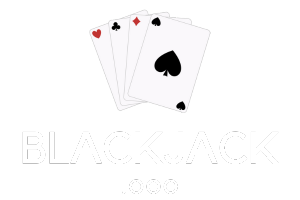The decision to hit or stand on a hand totaling 16 in blackjack is one of the most debated and critical decisions players face at the table. In this article, we’ll explore the reasoning behind hitting or standing on 16 in blackjack and provide you with insights to help you make informed decisions in this situation.
Understanding the Situation
In blackjack, a hand totaling 16 is considered a weak hand, as it’s relatively far from the desired total of 21. However, the appropriate action to take on a 16 depends on several factors, including the dealer’s upcard and the specific rules of the game. Let’s delve deeper into the considerations when facing a 16 in blackjack.
Factors to Consider
Dealer’s Upcard
One of the most crucial factors to consider when deciding whether to hit or stand on 16 is the dealer’s upcard. The dealer’s upcard influences the likelihood of the dealer busting and thus affects the optimal strategy for players.
Probability of Busting
Another essential consideration is the probability of busting when hitting on 16. Since a 16 is a weak hand, there’s a significant risk of busting (exceeding 21) when taking an additional card. Players must weigh the risk of busting against the potential reward of improving their hand.
Table Rules
The specific rules of the blackjack game you’re playing can also impact the decision on whether to hit or stand on 16. For example, in games where the dealer must hit on soft 17, the dealer’s likelihood of busting may be higher, influencing the optimal strategy for players.
Basic Strategy for 16
Against Dealer’s Upcard 7 or Higher
In most cases, basic blackjack strategy recommends hitting on a hard 16 (i.e., a hand without an Ace) when facing a dealer’s upcard of 7 or higher. Since the dealer’s upcard is strong, hitting gives players the best chance of improving their hand and avoiding a loss.
Against Dealer’s Upcard 2 through 6
When facing a dealer’s upcard of 2 through 6, basic strategy typically advises players to stand on a hard 16. The rationale behind this strategy is that the dealer’s upcard is weaker, increasing the likelihood of the dealer busting.
Conclusion
The decision to hit or stand on 16 in blackjack is influenced by various factors, including the dealer’s upcard, the probability of busting, and the specific rules of the game. While basic strategy provides general guidelines for optimal play, players must also consider their risk tolerance and individual playing style when making decisions at the blackjack table. By understanding the factors at play and weighing the potential outcomes, players can make informed decisions that maximize their chances of success in blackjack.

